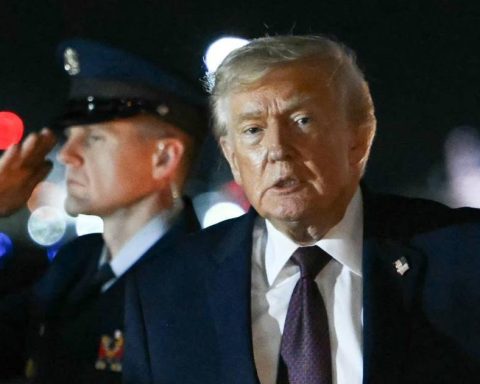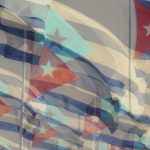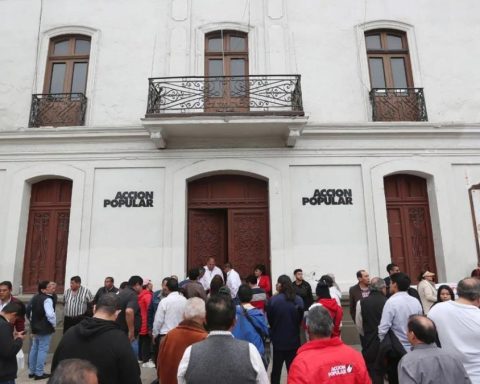The strong volatility in world markets once again generated increases in several of the currencies of emerging countries, including the Colombian peso, but it has also led the euro to approach parity with the dollar, in addition to punishing the price of the oil.
(Difference between the dollar Spot, Next Day, TRM and in exchange houses).
For today the Representative Market Rate is at $4,259.86, which constitutes a new historical maximum and is $61 higher than what was in effect yesterday, Tuesday.
In banking operations, the dollar in Colombia closed at $4,280, which represents an increase of $75, compared to the close of trading on Friday.
The currency opened operations in the banking market at $4,220 and registered an average price of $4,259.43 and the total volume of the day amounted to US$1,206 million.
The minimum price of the dollar was the same opening rate ($4,220), while the maximum touched $4,280 (which became the highest dollar trading value in Colombia in its history).
(Reasons why Warren Buffett does not invest in cryptocurrencies).
Again, as has been happening in recent days, the possibility of a recession in the United States and the new interest rate hikes that the Federal Reserve will apply became the main condition for the strength of the dollar worldwide.
With the increase that the currency presented yesterday, it accumulated an increase of $421 so far in 2022.
For its part, the relationship of the dollar against the euro led the price of the US currency to 1.03 against the currency of the old continent. At the beginning of this year, 1.14 dollars should be given for each euro.
As a reference, on April 23, 2008, 1.60 dollars should be given for each euro.
The strong variation of the euro responds to the geographical proximity of the conflict in Ukraine and its impact on gas supply.
What happens with the markets is that the outlook does not seem to be going to reverse in the coming days. The behavior of currencies in the case of the Latin American region has been due to external pressures.
For Diego Gómez, Corficolombiana’s foreign exchange market specialist, he considers that “inflation in the United States and the Euro Zone is still strong and that sets the scene for a forced landing for the economy. Productive activity in developed countries is deteriorating, which affects emerging countries as well”, he said.
But he cautioned that it’s not just about the rate hike, it’s about the tone of Federal Reserve Chairman Jerome Powell’s speech and performance.
In addition, he considers that there are still two or three months of strong volatility in the markets.
“That implies that there are risks in economic activity, but they at the Fed are going to keep up with rising rates,” says the Corficolombiana analyst.
In addition, consider that the US central bank delayed“because it should have acted before, around March, or with higher rate hikes, although the US monetary authority has accepted that they did not think that inflation would be so high after March.”
The financial analyst Diego Rodríguez considers that “we are in a change of economic cycle, with a rise in rates in the US and withdrawal of asset purchases and all this added to a war that seeks a new global monetary order.”
He agrees that global inflationary pressure needs to come down and believes that there will still be at least one more quarter of volatility.
BRIEFCASE

















